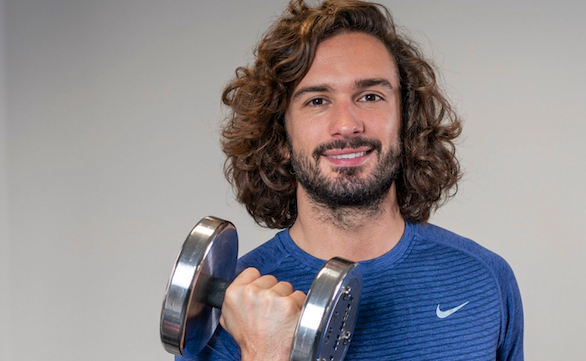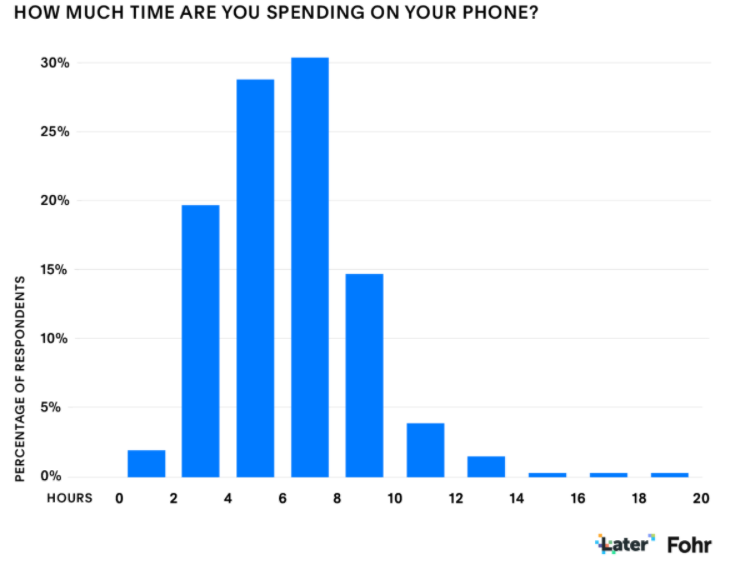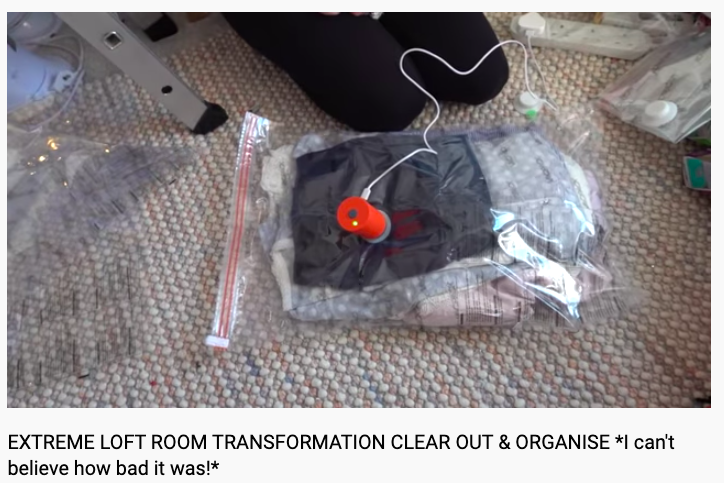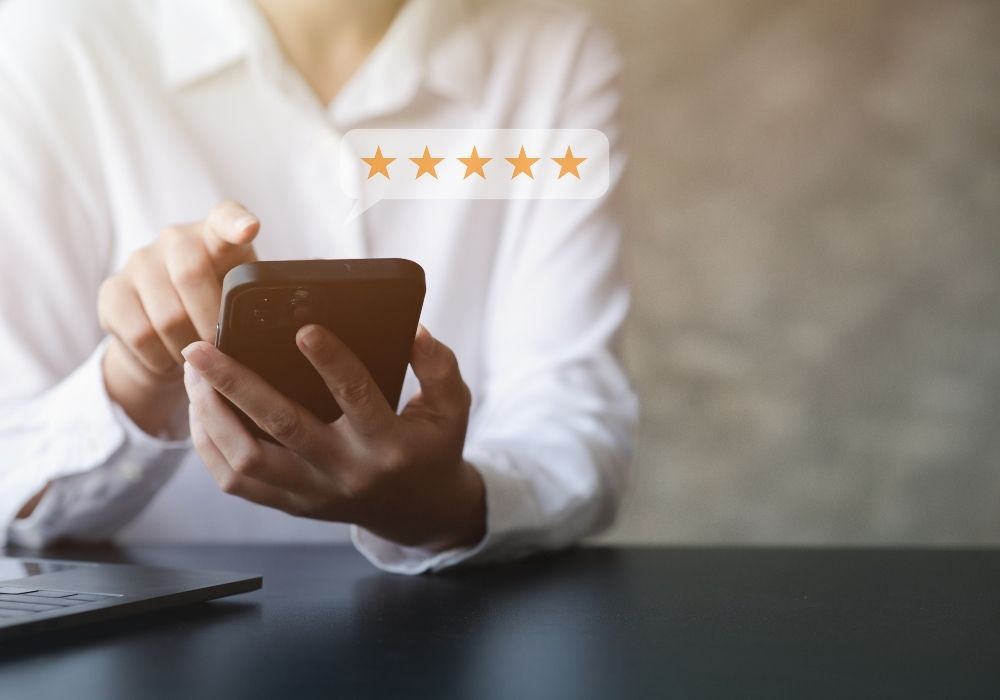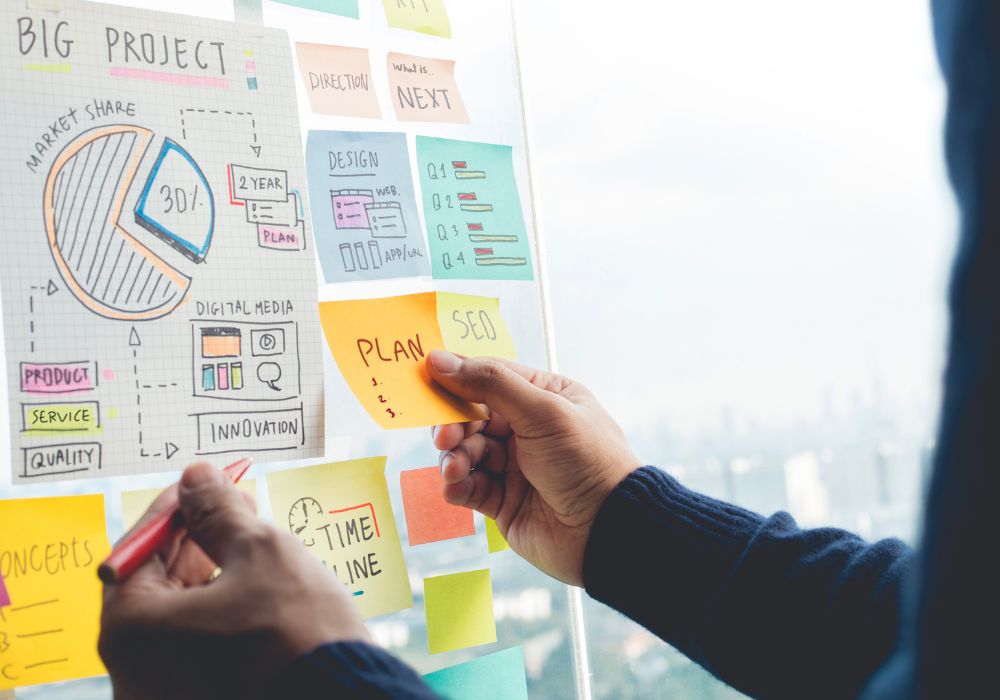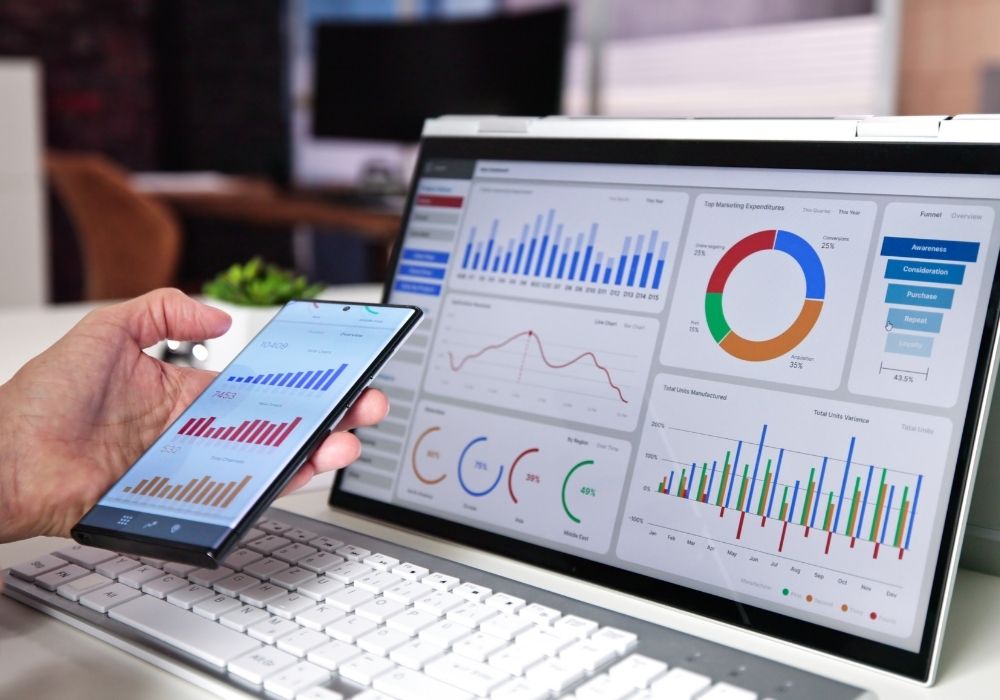As brands and businesses try to navigate the evolving nature of the coronavirus pandemic and its influence on their markets and customers, many will – quite rightly – be reviewing their marketing budgets and ad spend to see what offers the best ROI.
Right now, many businesses we work alongside are understanding the power of PR, integrated communications, and ensuring their customers and clients view them positively. Brands want to be seen as stable, adaptable and progressive – particularly digitally – to align to our new online world during isolation.
One strand of these marketing reviews will, no doubt, be influencer marketing, which has become a key element of so many B2C marketing campaigns for brands wanting to connect to their customers through advocacy.
But, as we know, the negative impacts of coronavirus on the influencer marketing world has been overwhelming over the last few weeks, with many campaigns, events and collaborations paused, or in some cases completely halted.
For commercially savvy influencers and brands, this pause in activity could provide a clean slate to allow them to once again evaluate their collaborations – existing and potential – as well as the types of content, outputs and pricing they consider in a post-COVID-19 world.
During this pandemic we’ve seen many influencers beginning to reduce their fees and rates for sponsored content, which means brands have the potential to capitalise on targeted campaigns for a fraction of the price compared to, say, three months ago.
Many brands haven’t entered the influencer marketing world yet too, as they are still unsure about the benefits of an influencer-backed campaign, but whilst the industry is adapting to this changing landscape; now could be the opportune time to trial a campaign and see if your audience is socially influenced. Let us explain why:
We’re currently glued to our phones
Admit it. Who’s switched off their screen-time reporting on their iPhone? I know I have.
New data from media insight firm, Kantar, recently revealed that social media has seen a huge spike in usage during isolation, with Facebook and WhatsApp reporting a 40% increase during the lockdown period. According to the data, this growth was the largest in 18 to 34-year-olds.
In correlation with this, influencer marketing platform, Fohr, also released data which found that 30% of mobile users were spending an average of between six to eight hours per day on their phones.
To us and the brands we work with on influencer marketing, that’s six to eight hours of opportunity and potential exposure for their products or services. However, with brands preferring to stay in the conversation, rather than be the conversation, how do they connect with their audiences without being shamed for trying to capitalise on something as serious as a global pandemic?
This is where channels and individuals with real influence come in.
Access to a large, loyal audience
Finland’s government has been leading the way in using social influencers as part the country’s efforts to contain the coronavirus. They argued that influencers are just as powerful as mainstream media in a crisis, particularly when it comes to accurately informing a population – fast.
Officials in Finland have also recognised how important social media is for spreading information (which is similar to the approach the UK has taken – you can read about that more here), and they have taken the step of dubbing some of their social media stars as ‘critical operators’ along with nurses, supermarket workers and delivery drivers.
They understand that the opinion of an influencer is often powerful and highly valued – especially by their followers. If a prolific influencer asks their fans to ‘stay safe and stay home’, the message can suddenly become a lot more impactful for that audience. They view the influencer as a friend; someone they can trust and relate to, which is why their selling power is so strong.
In recent weeks, American surgeon, Jerome Adams even called on Kylie Jenner for help in fighting COVID-19, due to her vast social following. But with Generation Z facing a lot of criticism for not taking the pandemic seriously enough, how can brands be seen to be socially responsible and empathetic, whilst still building brand loyalty and demand with this demographic?
Switching up your strategy
It’s certainly no secret that the food industry has seen a huge surge in the use of take-out. As restaurants are forced to close their doors, delivery services like Just Eat and Uber Eats are reaping the benefits of the country being stuck indoors. Online shopping has seen a huge increase in usage too. With Amazon orders continuing to dominate our doorsteps, the firm announced it had hired 100,000 new warehouse and delivery staff to cope with demand.
But just like Dominos can deliver a meat feast pizza to your door, how can your brand add value to your customers right now? And how can your offering be integrated into the country’s new stay-at-home lifestyle?
Let’s take JML as an example.
The consumer lifestyle brand that develops products across homeware, DIY and health and beauty were super savvy when selecting which products offered value to their customers in the current climate. With the nation now turning to decluttering their homes, and enjoying a spring clean, JML teamed up with a range of influencers, including Gemma Miles and Kate Murnane to promote their vacuum storage bags, ‘VacPack Go’.
With the theme of the sponsored content – in this case a YouTube video – based around decluttering and clearing out their home, each influencer shared the benefits of using the JML product whilst having a spring clean. This even included a bespoke discount code for free delivery.
What social followers are looking for right now are familiar faces who they associate with normality. Social channels, including YouTube, are being relied upon by so many people across the country, as they simply look for a sense of escapism from the world.
We’re by no means suggesting that influencers should be used as a tool to help shift your product during a global pandemic, but careful consideration into what and how your brand can help support people through these times could be key.
Collaboration ideas
A huge trend in the influencer space right now is solution-based content. With people having no option other than to scroll online to pass the time, they’re looking for useful content that inspires or helps them in some way.
And the ideas don’t even need to be heavily focused around your product either. If you’re a business that has had to close its doors and therefore doesn’t have a product to sell at all, why not think about tutorial-style guides instead?
Solution-based content like quick family meals at home; how to save money in lockdown; how to dress for at-home working or ideas for entertaining the kids, are what consumers will be turning to. The internet offers creativity and comfort and your brand should be at the forefront of these discussions, providing content that adds value and doesn’t just ‘sell’.
Joe Wicks’ “PE With Joe” campaign is the perfect example of this. He offered his service of online fitness coaching to bored kids at home. It’s genius for brand building and has proved an incredible hit with adults too. After lockdown, the effects of this campaign remain to be seen, but for now the ‘talkability’ around his brand and the loyalty it’s instilling in viewers is setting him on a great path for even greater future success.
The new state of social influencing
For now, as a brand, consider how your audience may be relying on influencers, for not only a distraction, but also for a sense of normality. Their sponsored and non-sponsored content are both needed and can help thousands of people feel less alone in this current climate.
If your products or services can help during the virus outbreak, now may be the right time to consider working with a relevant influencer. And not only that, but your brand will be helping to support an independent business (which is what all influencers are essentially) at what is an incredibly turbulent time.
The key thing is at this time of global crisis, as a brand you should think about making a valuable contribution to your communities and the wider world, rather than simply selling. If you do this, you’re not likely to go far wrong.

